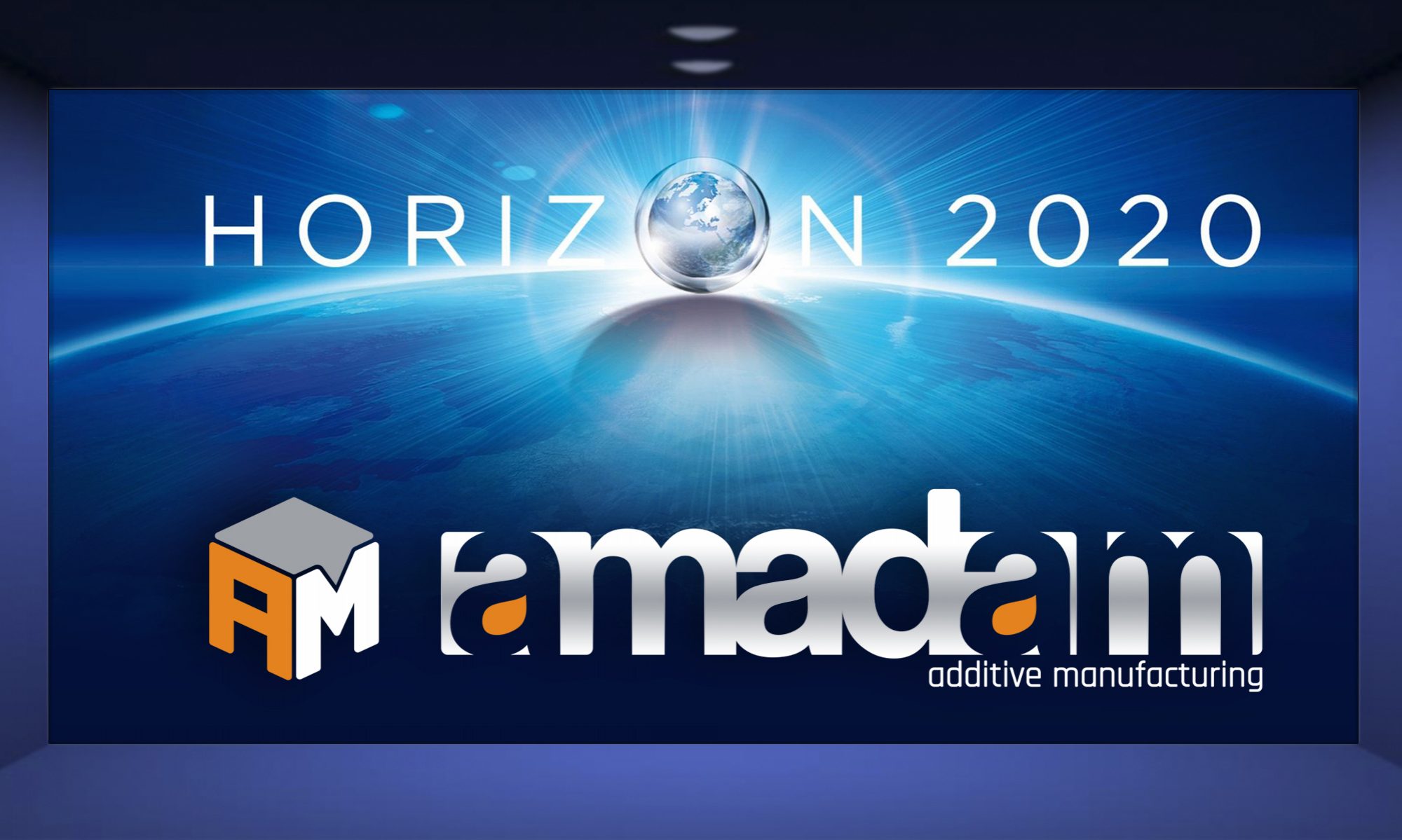Additive manufacturing (AM) belongs to key enabling technologies where Europe has the leading research role. The AM technologies put considerably fewer limits on shape of the manufactured objects than conventional technologies, and offer unparalleled freedom to industrial and mechanical designers. Since the AM technologies are insensitive to production scale, they put in focus knowledge and creativity of designers instead of low prices of mass production, paving the way to development of new business models. The AM technologies, therefore, represent a technology platform that may best serve Europe in its intent to develop knowledge-based economy, driven by innovation.
However, the industrial deployment of AM technologies is hindered by a gap that exists between the excellent research and its exploitation in industry. The research knowledge about the AM technologies is published in scientific journals and in conference proceedings, in form suitable for researchers. On the other hand, industrial and mechanical designers use sets of design rules, which represent condensed and comprehensive form of the research findings that are easy to follow. The lack of sets of design rules for AM technologies is one of important reasons why engineers often prefer conventional technologies to AM.
The A_MADAM project intends to use the research capacities and partnerships developed in previous EU funded projects to carry out systematic studies of dynamic mechanical properties (fatigue, fracture mechanics and impact resistance) of products manufactured by AM with the goal to establish the proper rule sets for design of products. Since the aim of the project is to “translate” the research findings into engineering rules, the consortium consists of two universities and three SMEs that use AM technologies for rapid prototyping, rapid manufacturing and rapid tooling. The project activities will be realized as two-way transfer of knowledge between the industrial and academic partners.
Basic data
A_MADAM for beginners
Goals and objectives
Methodology
Participants
Organization structure
Expected impact
